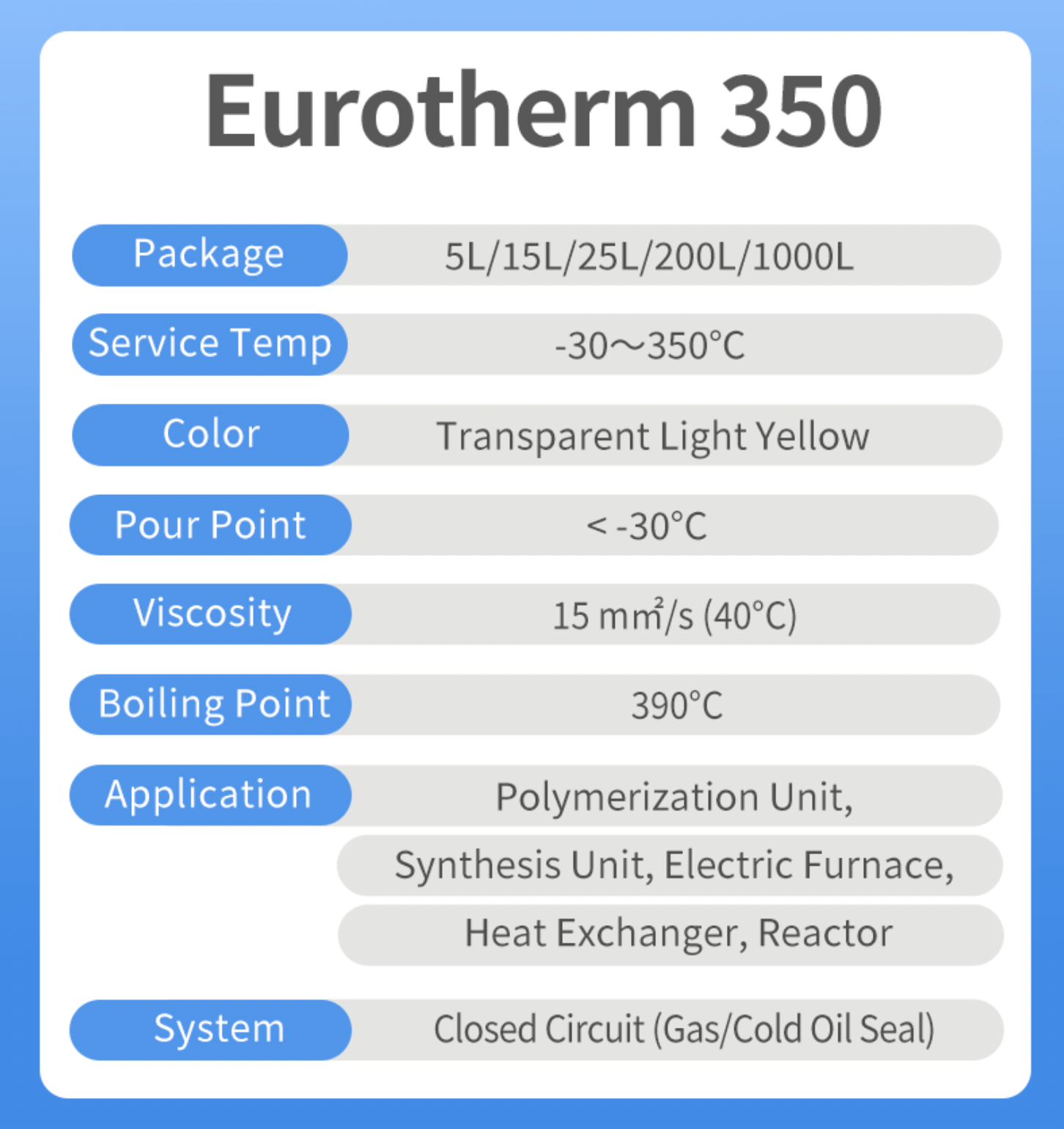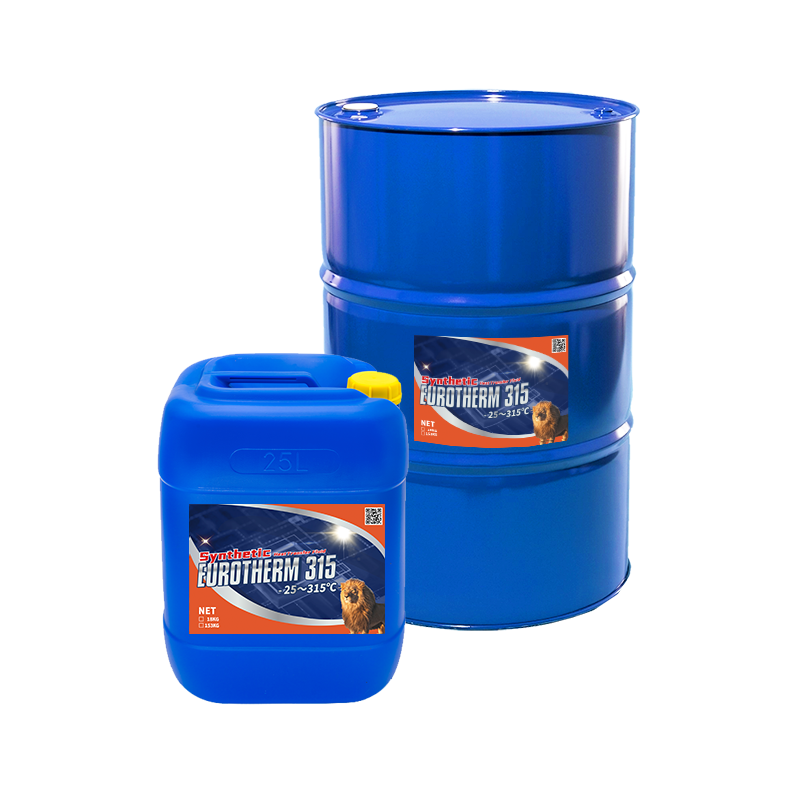The Best Guide To Chemie
The Best Guide To Chemie
Blog Article
Chemie Things To Know Before You Buy
Table of ContentsThe Ultimate Guide To ChemieChemie - An OverviewA Biased View of ChemieChemie for DummiesChemie for DummiesNot known Details About Chemie
(https://www.quora.com/profile/Bette-Anderson-15)Measured adjustment in electric conductivity of liquid samples as a function of time when mixed with the resin example in the closed indirect air conditioning loop experiment. Figure 6 shows the adjustment in the gauged electric conductivity of the fluid samples when stirred with the resin example. The conductivity of the water example from the closed loop experiment minimized by roughly 70% from 11.77 S/cm to 3.32 S/cm in 6 hours.These outcomes showed that the ability of the resin depends upon the examination fluid made use of for the experiment. This shows that different ions existing in the liquid will result in various ion exchange capability of the liquid. Calculating the ion exchange resin capability with the liquid sample from the actual cooling loop is important.
The Main Principles Of Chemie
Therefore, an ion exchange resin cartridge containing 20g of Dowex mixed bed resin might handle order 938 days to saturate. To put it simply, to keep a reduced electric conductivity, a material cartridge with the dimension and weight requirements as that of the material cartridge used in the experiment, need to be transformed every 30 months for the air conditioning system that was utilized in the experiment
The cooling of electronic parts has actually come to be a major difficulty in recent times due to the innovations in the style of faster and smaller components. Consequently, various air conditioning innovations have actually been developed to effectively get rid of the warm from these parts [1, 2] Using a liquid coolant has actually become appealing as a result of the higher warmth transfer coefficient attained as compared to air-cooling.
The smart Trick of Chemie That Nobody is Talking About
A single phase air conditioning loop consists of a pump, a warmth exchanger (cold plate/mini- or micro-channels), and a warm sink (radiator with a follower or a liquid-to-liquid warmth exchanger with cooled water cooling). The heat source in the electronics system is attached to the warm exchanger.
The needs might differ relying on the sort of application. Complying with is a listing of some general demands: Excellent thermo-physical homes (high thermal conductivity and details warm; low thickness; high concealed warm of dissipation for two-phase application) Low cold factor and ruptured point (sometimes burst defense at -40 C or lower is needed for shipping and/or storage space objectives) High climatic boiling point (or low vapor pressure at the operating temperature) for single stage system; a slim preferred boiling point for a two-phase system Good chemical and thermal security for the life of the electronic devices system High flash factor and auto-ignition temperature level (sometimes non-combustibility is a demand) Non-corrosive to products of building and construction (steels along with polymers and other non-metals) No or very little governing restrictions (eco-friendly, nontoxic, and potentially naturally degradable) Economical The most effective electronics coolant is a cost-effective and nontoxic fluid with outstanding thermo-physical residential properties and a lengthy life span.
The Chemie Ideas
The majority of these liquids have a non-discernible odor and are nontoxic in case of contact with skin or intake. As stated before, aliphatic PAO-based fluids have replaced the silicate-ester fluids in a range of army electronics (and avionics) cooling applications in the last decade. One more class of preferred coolant chemistry is dimethyl- and methyl phenyl-poly (siloxane) or frequently called silicone oil.
Of all, these liquids are non-combustible and safe. Some fluorinated compounds have zero ozone depleting possible and other ecological homes.
Ethylene glycol is anemic and almost odorless and is totally miscible with water. When appropriately inhibited, it has a fairly reduced corrosivity. Nonetheless, this coolant is identified as hazardous and ought to be taken care of and gotten rid of with care. The quality of water used for the prep work of a glycol remedy is really vital for the system.
Some Known Details About Chemie

Apart from absence of poisoning, it has no benefits over ethylene glycol, being higher in price and more thick. This is a low price antifreeze option, discovering usage click here now in refrigeration services and ground resource heatpump. Similar to glycols, this can be inhibited to stop rust. This fluid can be used down to -40 C due to its reasonably high rate of warm transfer in this temperature variety.
It is thought about even more harmful than ethylene glycol and as a result has actually found usage only for procedure applications situated outdoors. Also, methanol is a combustible liquid and, because of this, presents a potential fire danger where it is saved, took care of, or utilized. This is a liquid option of denatured grain alcohol. Its primary benefit is that it is non-toxic.
Chemie Fundamentals Explained
As a combustible liquid, it calls for certain safety measures for taking care of and storage space. Liquid solutions of calcium chloride locate broad use as distributing coolants in food plants. It is non-flammable, safe and thermally much more efficient than the glycol remedies. A 29% (by wt.) calcium chloride option has a freezing factor below -40 C.

Report this page